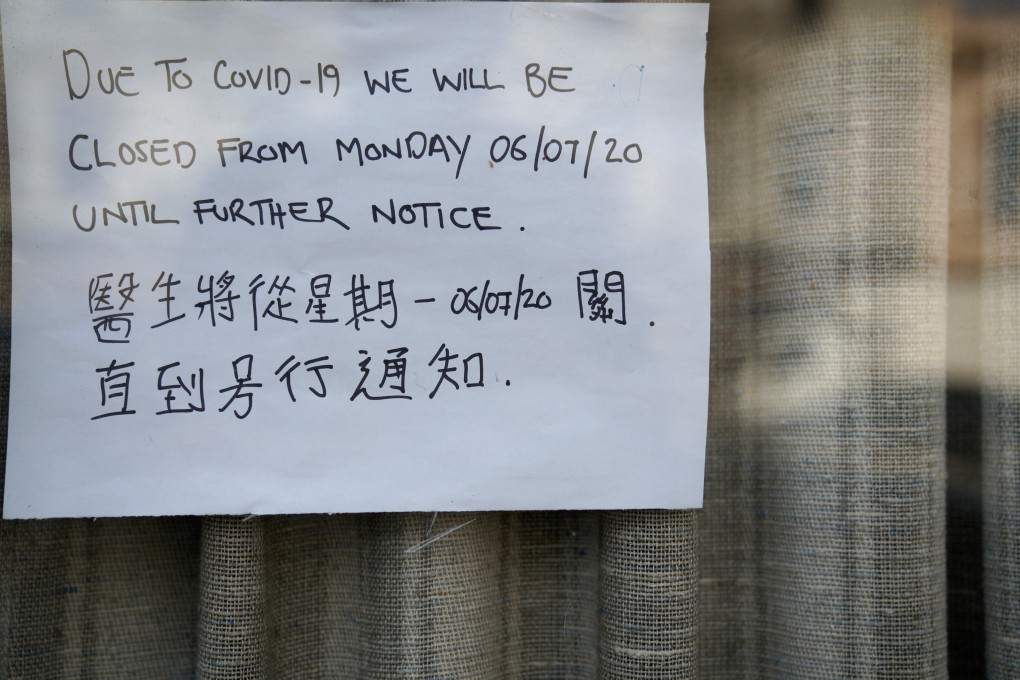Advertisement
Smithsonian and other museums collecting artefacts of Covid-19 crisis even as it unfolds
- The coronavirus pandemic isn’t over, but US museums have begun securing items such as face masks, art, journals and quarantine signs to remember it by
- Curators prefer physical objects to the reams of digital media the crisis has generated – there’s so much of that and machines to read it will become obsolete
Reading Time:5 minutes
Why you can trust SCMP
0

A few hours after the twin towers of the World Trade Centre in New York fell in 2001, Jan Ramirez recalls, a colleague’s ash-covered husband walked into her workplace at the New-York Historical Society, stripped off his dust mask, and set it on her desk.
“Consider this your first artefact donation,” he said.
It would not be the last. In the weeks and months after the September 11 terrorist attacks, Ramirez and other archivists and curators worked to locate and identify objects and documents – from bent steel beams to “missing” posters – that would help tell the story to future generations.
“The first order was triage, get the material to safe, secure locations, and start to figure out the questions you needed to ask,” says Ramirez, now chief curator of the National September 11 Memorial and Museum in New York.

Today, archives and museums across the United States have undertaken a new, in-the-moment search, seeking to preserve materials that document the coronavirus crisis even as the pandemic rages on.
Business closure signs. Thank you cards to doctors and nurses. Toilet paper. Test kits. Grocery lists. Handicrafts woven or carved to pass the time indoors. Home school lesson plans. All can help tell the story.
Advertisement